Space is filled with enigmas that continue to baffle scientists, even as spacecraft venture farther than ever before. Despite remarkable advancements in exploration, some of the universe’s most profound mysteries remain unsolved. In this article, we’ll explore 16 of these cosmic puzzles that spacecraft have yet to fully unravel.
Contents
Dark Matter

Accounting for approximately 27% of the universe, dark matter remains invisible and elusive, detectable only through its gravitational effects. Despite extensive research, spacecraft have yet to directly observe or understand its true nature. Unraveling the secrets of dark matter is essential, as it plays a critical role in the formation and behavior of galaxies.
The Origin of Cosmic Rays
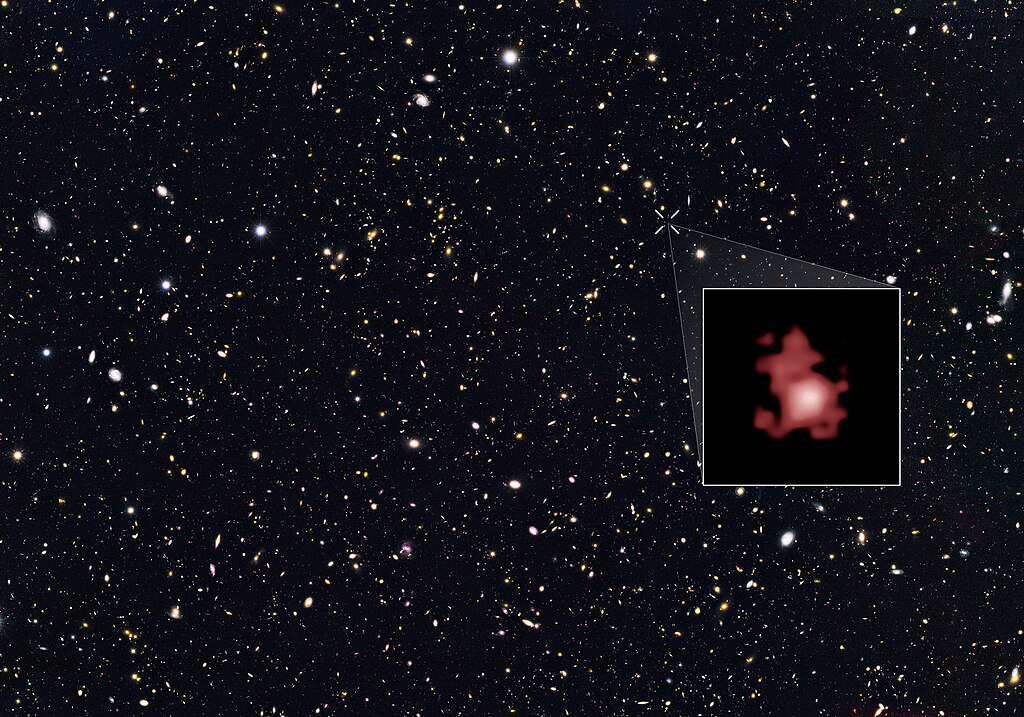
Cosmic rays, which are highly energetic particles originating from outer space, have puzzled scientists for decades. Spacecraft have detected these particles, but their precise sources—whether supernovae, black holes, or other cosmic events—are still uncertain. Pinpointing their origins could shed light on some of the universe’s most powerful processes.
The Formation of Supermassive Black Holes
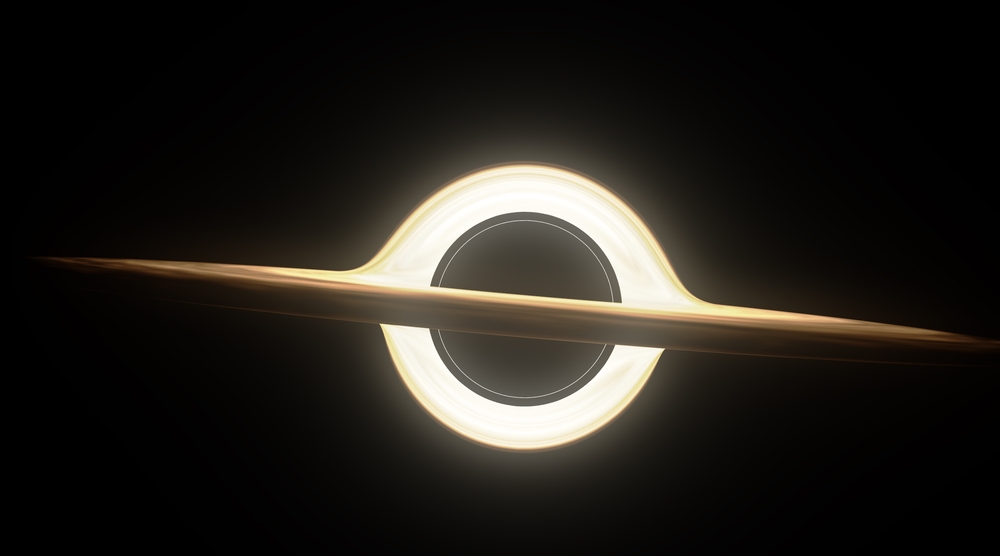
Supermassive black holes, found at the centers of most galaxies, present a significant mystery regarding their formation. Despite observations from spacecraft, the rapid growth and early appearance of these cosmic giants continue to baffle scientists. Understanding their formation could provide crucial insights into galaxy evolution.
The Nature of Neutron Stars
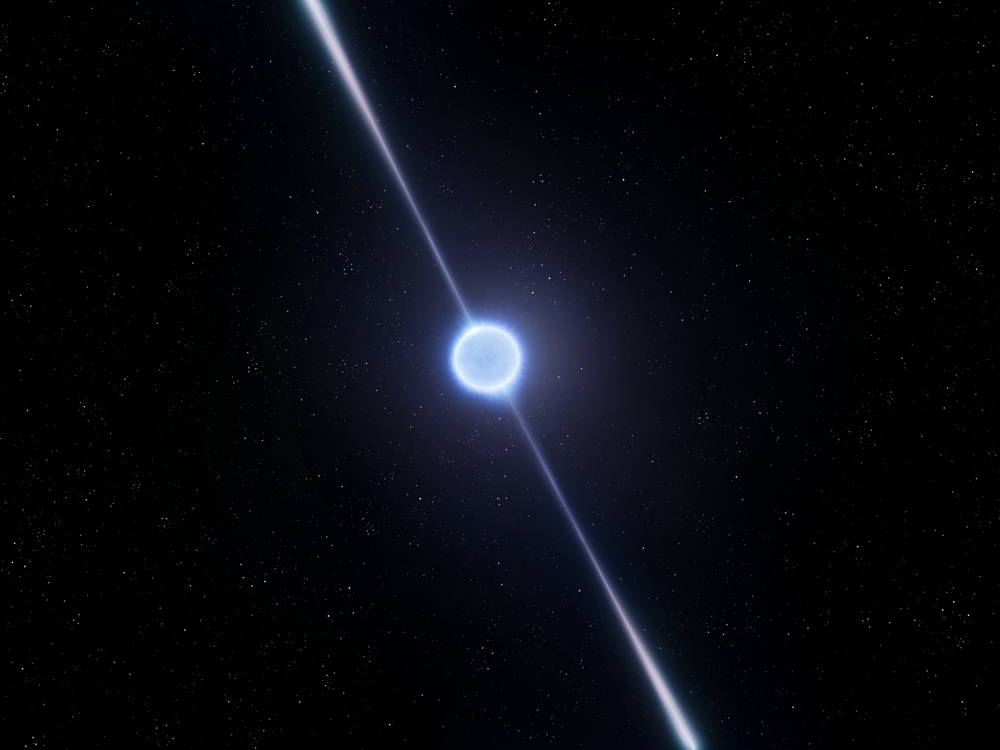
Neutron stars, the dense remnants of supernovae, exhibit extreme magnetic fields and rapid rotations. However, their internal structure and behavior remain largely unexplored. Spacecraft have observed these phenomena, but many questions persist, especially about the states of matter within these stars.
The Fate of the Universe
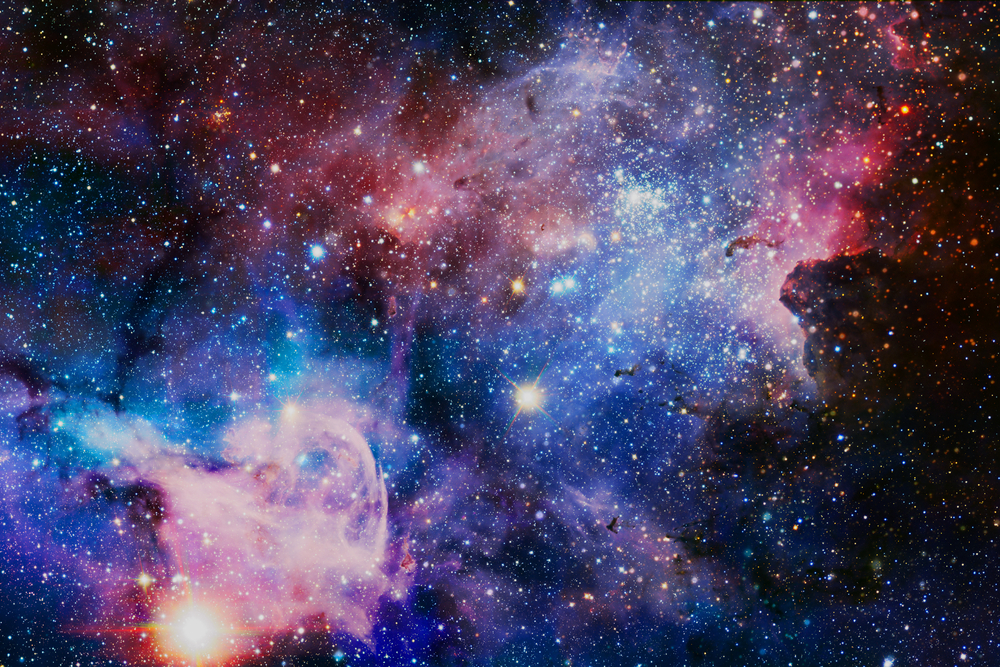
Whether the universe will expand forever, collapse, or reach a steady state is still an open question. Spacecraft have gathered data on cosmic expansion, but the influence of dark energy complicates predictions. Understanding the universe’s ultimate fate could reshape our comprehension of its long-term dynamics.
The Oort Cloud
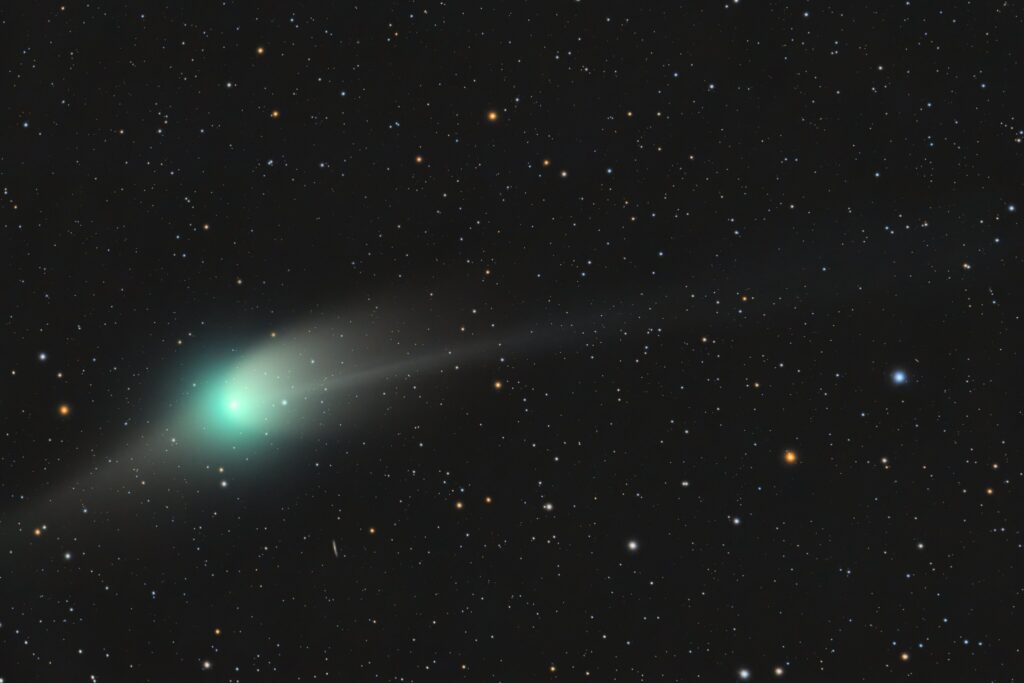
The Oort Cloud, a hypothesized shell of icy objects far beyond Pluto, has never been directly observed by spacecraft. While its existence is inferred from the behavior of long-period comets, concrete evidence is still lacking. Exploring this distant region could reveal crucial information about the early solar system.
The Origin of the Moon
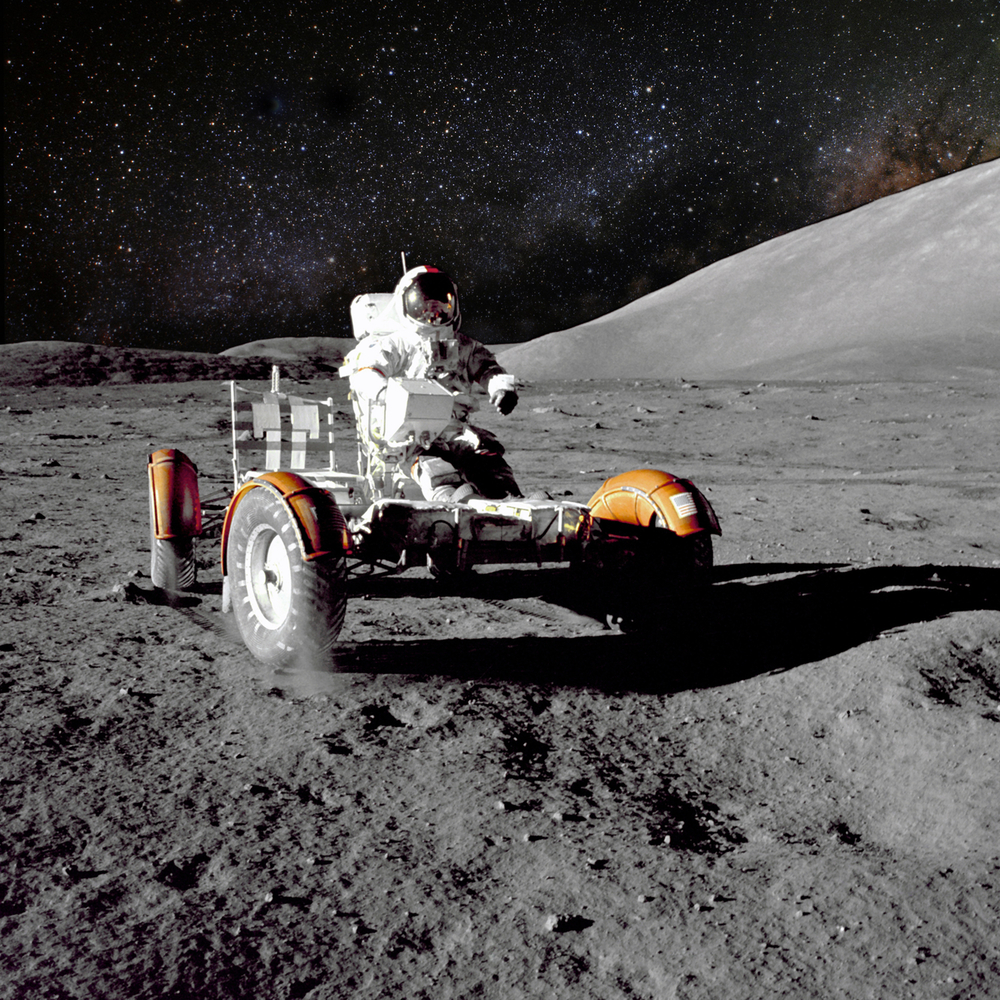
The widely accepted theory suggests that the Moon formed from the debris of a giant impact between Earth and a Mars-sized body. However, discrepancies in the Moon’s composition and dynamics raise questions about this theory. Future missions might provide new evidence to clarify this pivotal event in Earth’s history.
The Composition of Planetary Cores
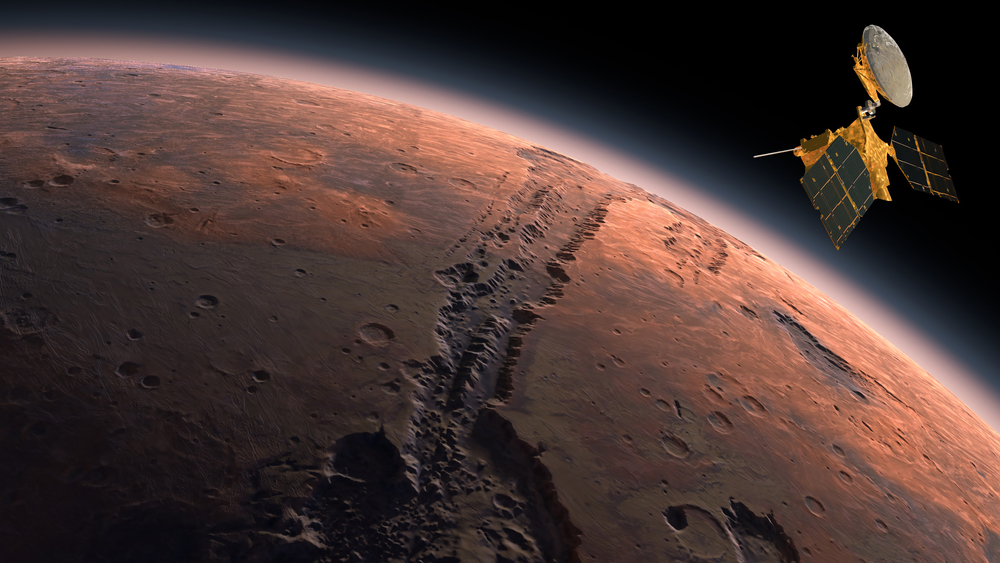
The exact makeup of the cores of planets like Earth, Mars, and Jupiter remains largely a mystery. Spacecraft have provided data on surface and atmospheric conditions, but direct exploration of planetary interiors is beyond our current capabilities. Unlocking these secrets is key to understanding planetary formation.
The Behavior of Black Hole Event Horizons
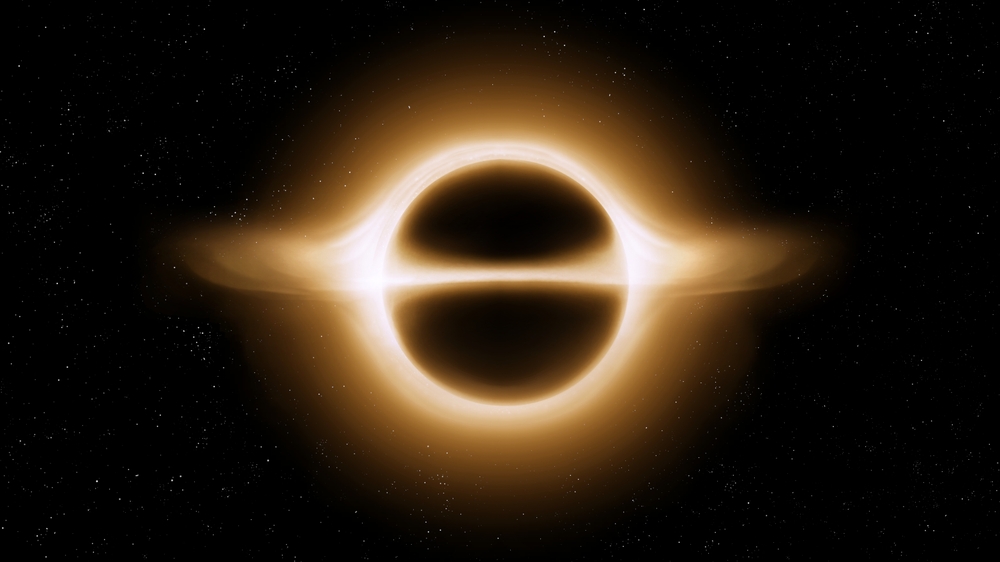
The event horizon of a black hole marks the boundary beyond which nothing can escape, yet its properties are still not fully understood. Although spacecraft have indirectly imaged black holes, the true nature of the event horizon and the fate of matter crossing it remain speculative. Resolving this mystery could test or confirm fundamental theories of physics.
The Great Attractor

The Great Attractor is a massive gravitational anomaly pulling galaxies, including the Milky Way, toward it, yet its exact nature is elusive. Spacecraft have mapped large-scale cosmic structures, but the composition and influence of the Great Attractor remain unclear. Deciphering this phenomenon could significantly alter our understanding of cosmic dynamics.
The Pioneer Anomaly

The Pioneer spacecraft experienced unexpected deviations from their predicted trajectories, a phenomenon known as the Pioneer Anomaly. Despite extensive analysis, the cause—whether it be unknown physical forces or thermal radiation—remains a topic of debate. Solving this anomaly could provide new insights into space navigation and fundamental physics.
The Kuiper Belt’s True Extent
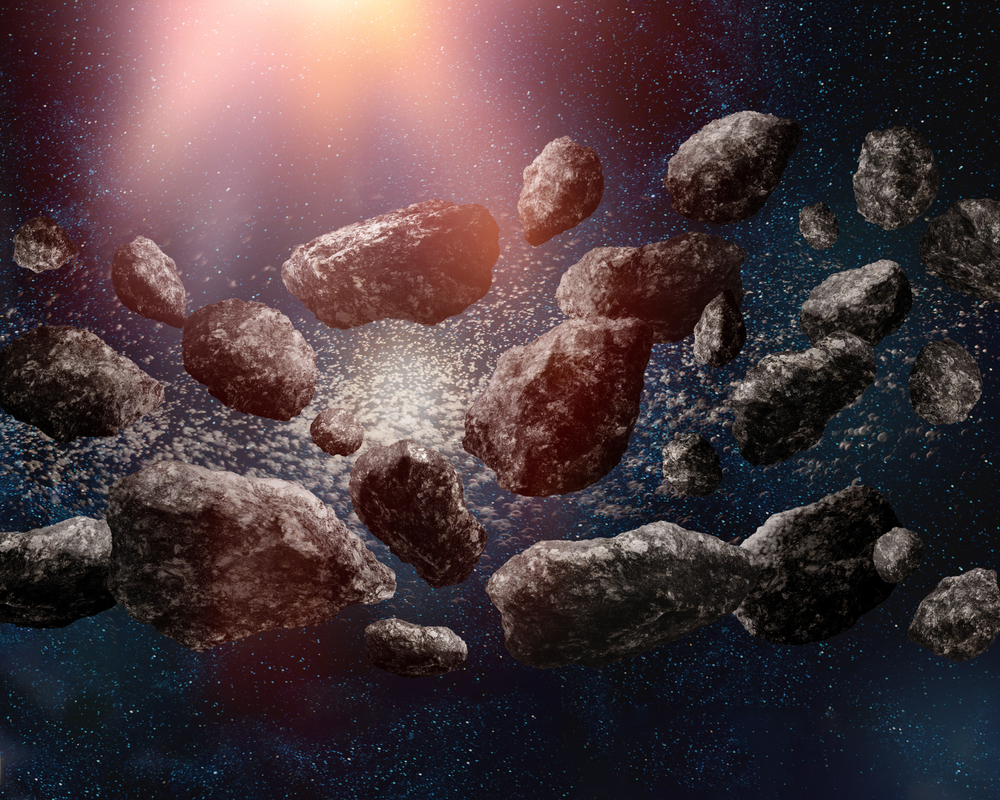
The Kuiper Belt, a region beyond Neptune, holds many mysteries despite being partially explored by spacecraft like New Horizons. Its full extent and the nature of its objects are still largely unknown, leaving many potential discoveries yet to be made. Further exploration could uncover new dwarf planets and offer clues to the solar system’s origins.
The Methane on Mars
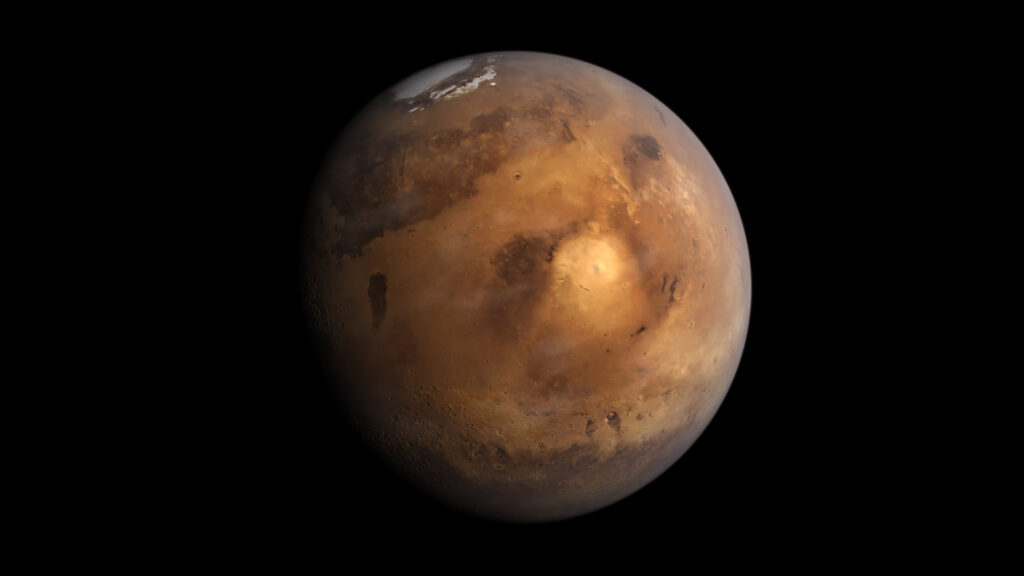
Methane detected on Mars by spacecraft presents a compelling mystery, as it could suggest either geological activity or the presence of life. The seasonal fluctuations in methane levels add to the intrigue, yet the precise source remains unidentified. Resolving this puzzle could be a breakthrough in the search for extraterrestrial life.
The Exact Mechanism Behind Solar Flares
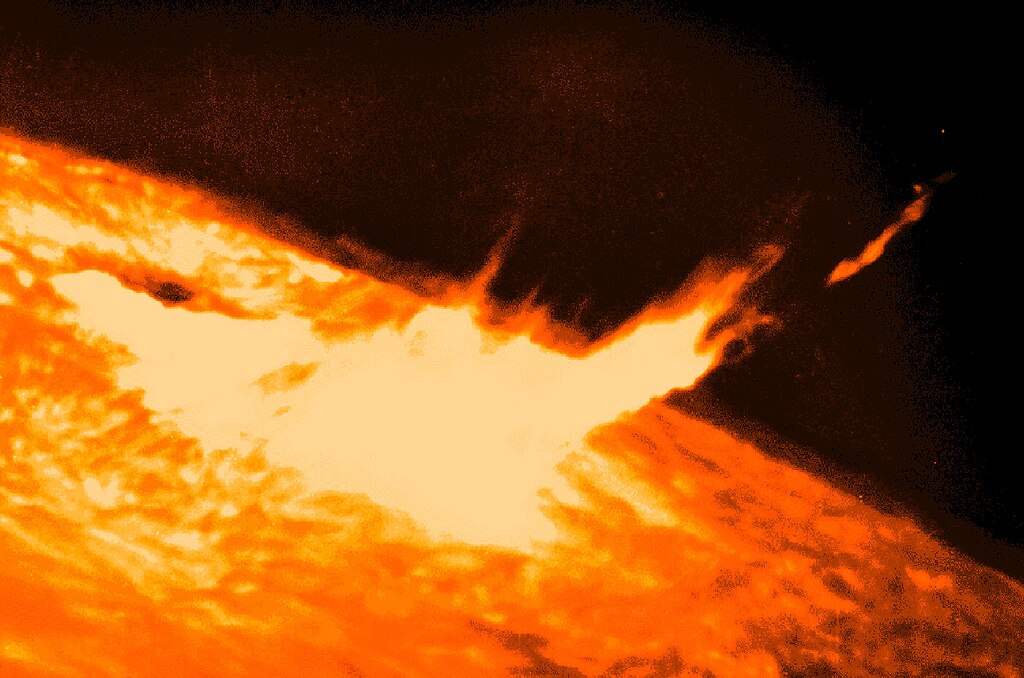
Solar flares are sudden, intense bursts of radiation from the Sun, but their precise triggers are not fully understood. While spacecraft have observed the Sun’s behavior in detail, accurately predicting solar flares remains a challenge. Understanding these mechanisms is crucial for protecting Earth from potential space weather hazards.
The Galactic Center’s Mysteries

The center of the Milky Way, dominated by a supermassive black hole, is a region filled with unexplained phenomena. Spacecraft have provided some observations, but the extreme conditions and complex structures make it a difficult area to study. Understanding the galactic center could offer new insights into black hole interactions and galaxy formation.
The Anomalous Magnetic Field of Uranus

Uranus’s magnetic field is unusual, with a significant tilt and offset from its rotational axis, unlike any other planet in the solar system. Spacecraft flybys have collected limited data, leaving many aspects of this magnetic anomaly unexplained. Investigating Uranus further could provide unique insights into planetary magnetism and interior structure.
This article originally appeared in MyCarMakesNoise.
More from MyCarMakesNoise
20 Classic Corvettes You’ll Wish Were in Your Garage
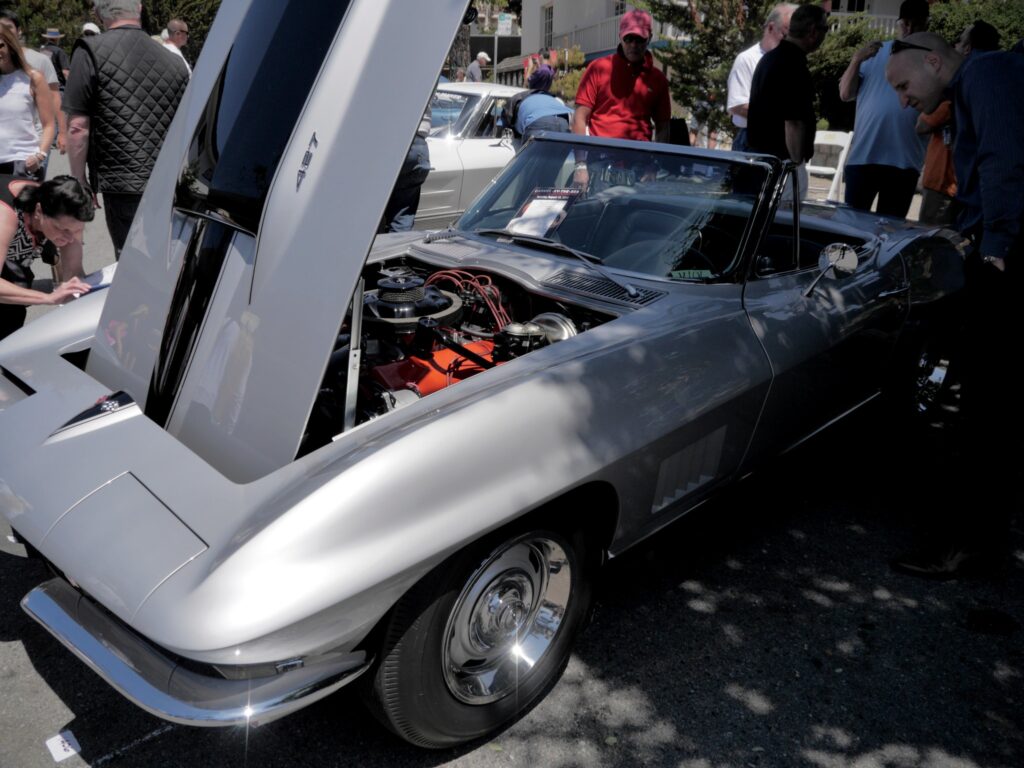
Corvettes have long been symbols of American automotive excellence, blending stunning design with exhilarating performance. In this article, we present a list of 20 classic Corvettes that everyone wishes they owned. Read More.
20 Iconic Supercars of the ‘90s That Defined the Era

The 1990s was an era of groundbreaking automotive innovation, giving birth to some of the most epic supercars ever built. These vehicles not only pushed the boundaries of speed and design but also set new standards in performance and technology. Read More.
15 High Depreciation Cars You Should Avoid Buying

If you’re in the market for a new car, it’s crucial to think about how quickly it might lose value. Depreciation can make a significant dent in your vehicle’s resale price, influenced by things like the brand’s reputation, upkeep expenses, and overall demand. Read More.














